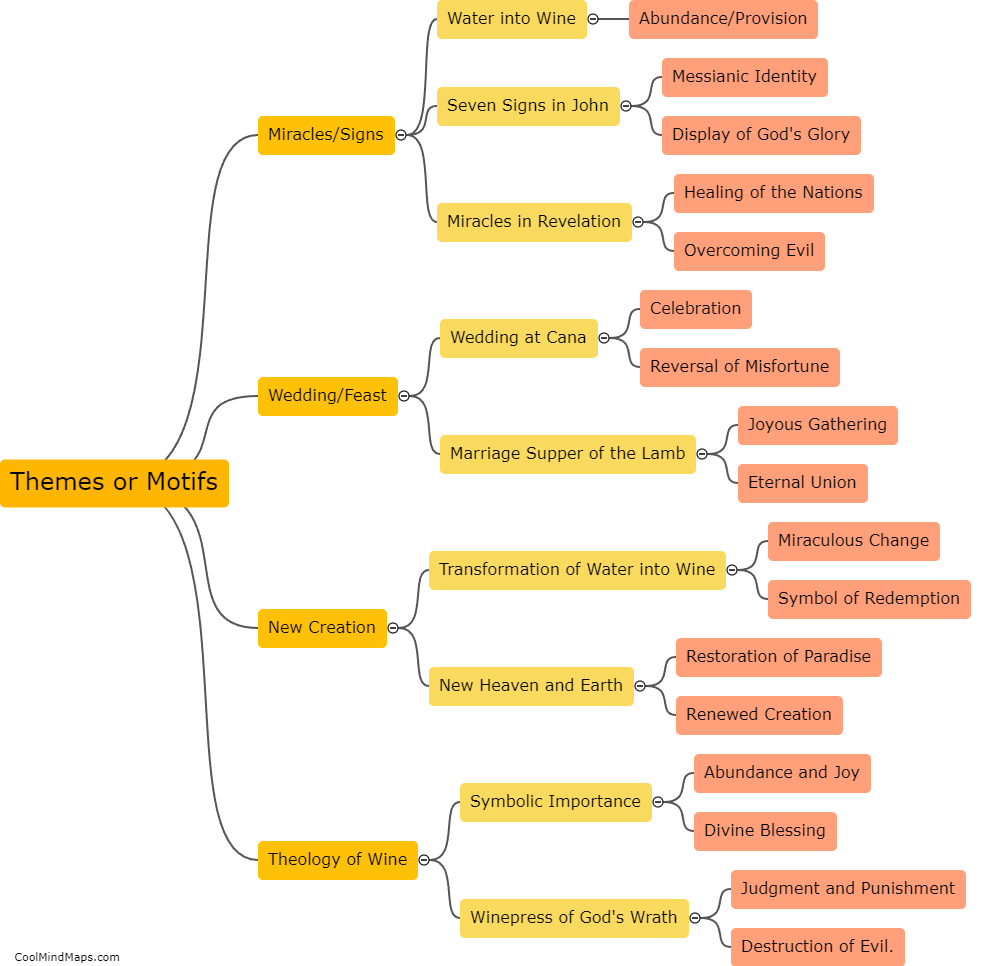Are there any symbolic connections between John 2:1-12 and Revelation?
In comparing the passages of John 2:1-12 and Revelation, some scholars have found symbolic connections that provide deeper meaning to the events depicted in both passages. John 2:1-12 describes the wedding at Cana, where Jesus turns water into wine, his first public miracle. This occurrence is seen as a symbol of Jesus' transformative power and his ability to bring abundance and joy to those who believe in him. Revelation, on the other hand, is a book filled with imagery and symbolism, depicting the end times and the ultimate victory of Christ over evil. Some scholars draw parallels between the wedding at Cana and the wedding feast of the Lamb described in Revelation, seeing it as a representation of the eternal joy and celebration that believers will experience in the presence of Jesus. Additionally, the transformation of water into wine in John 2 can be interpreted as a foreshadowing of the final transformation and renewal of all things in the new heaven and earth as described in Revelation. These symbolic connections highlight the overarching themes of redemption, transformation, and eternal joy that are present in both passages.

This mind map was published on 10 September 2023 and has been viewed 100 times.











